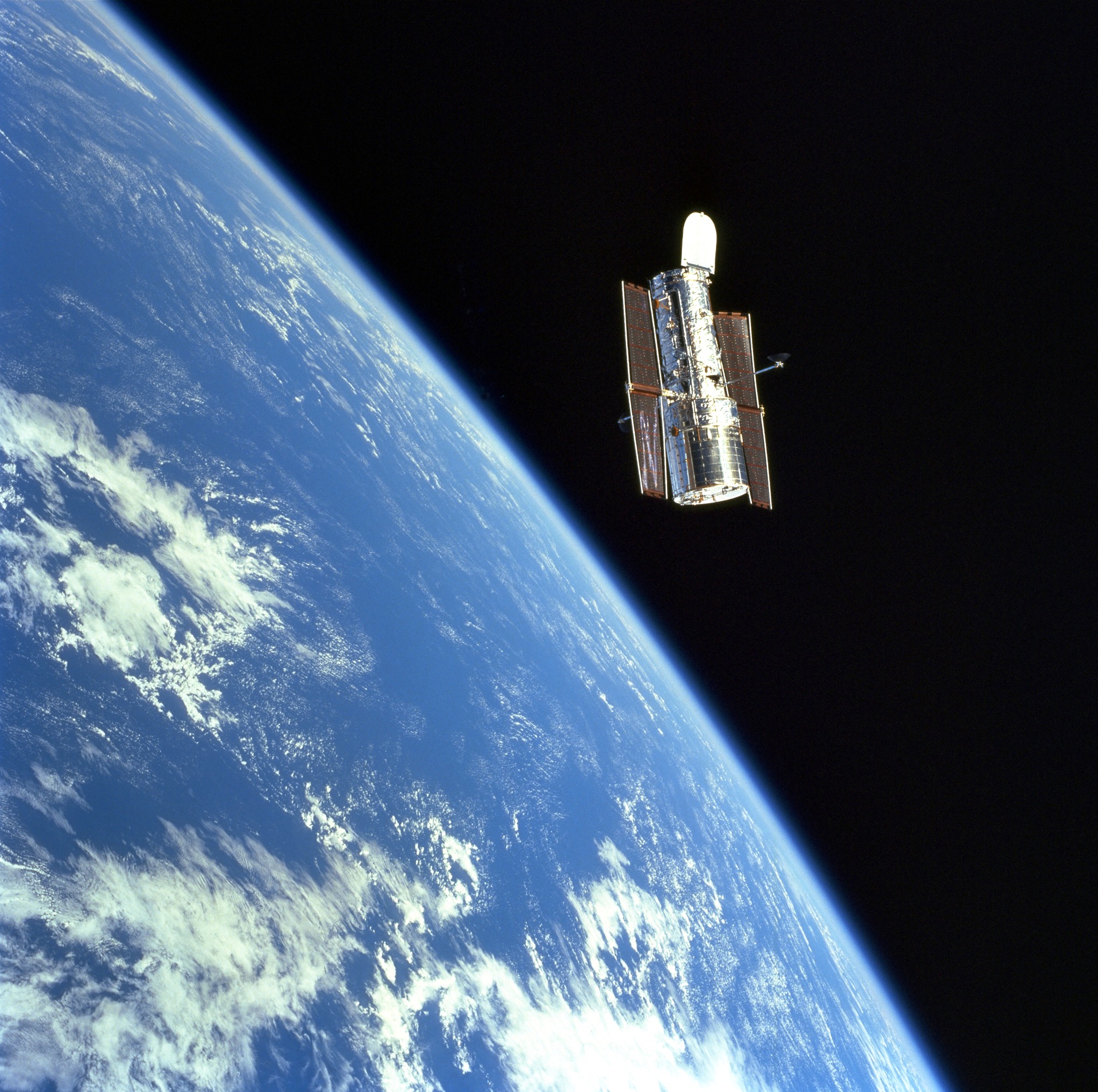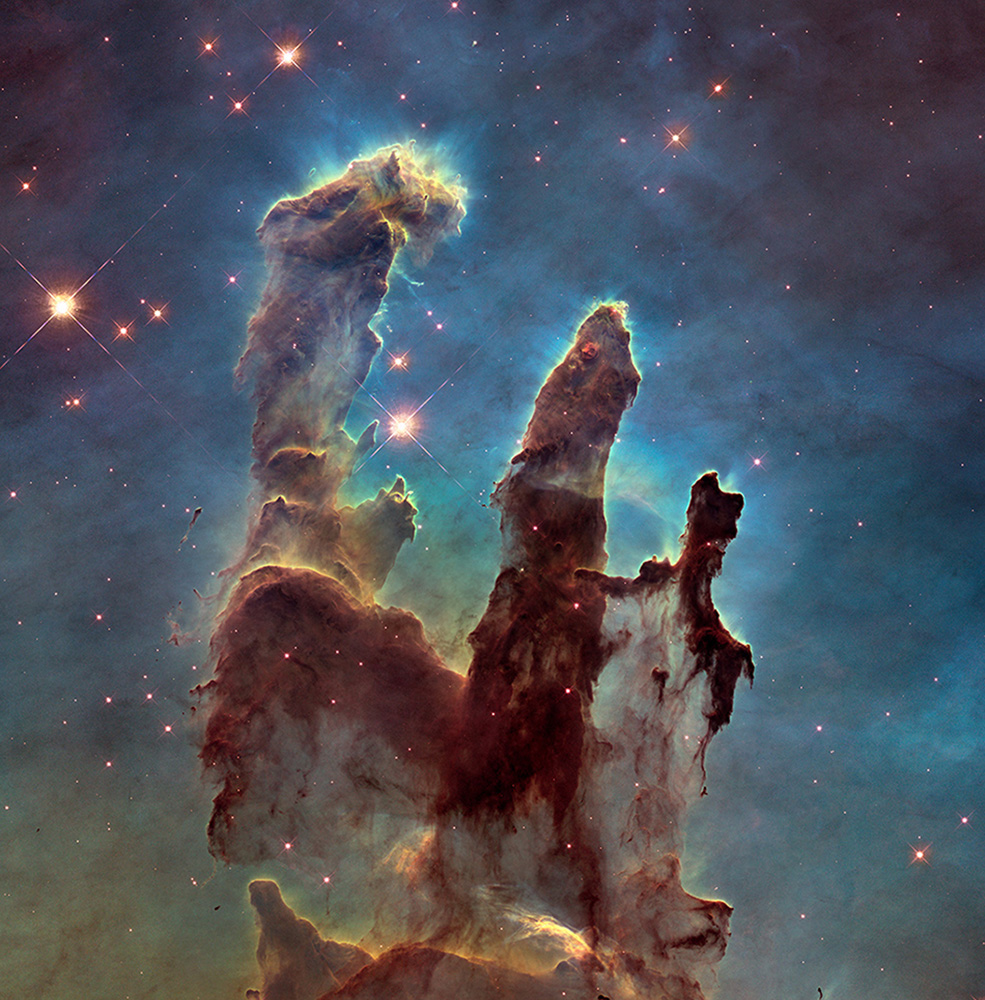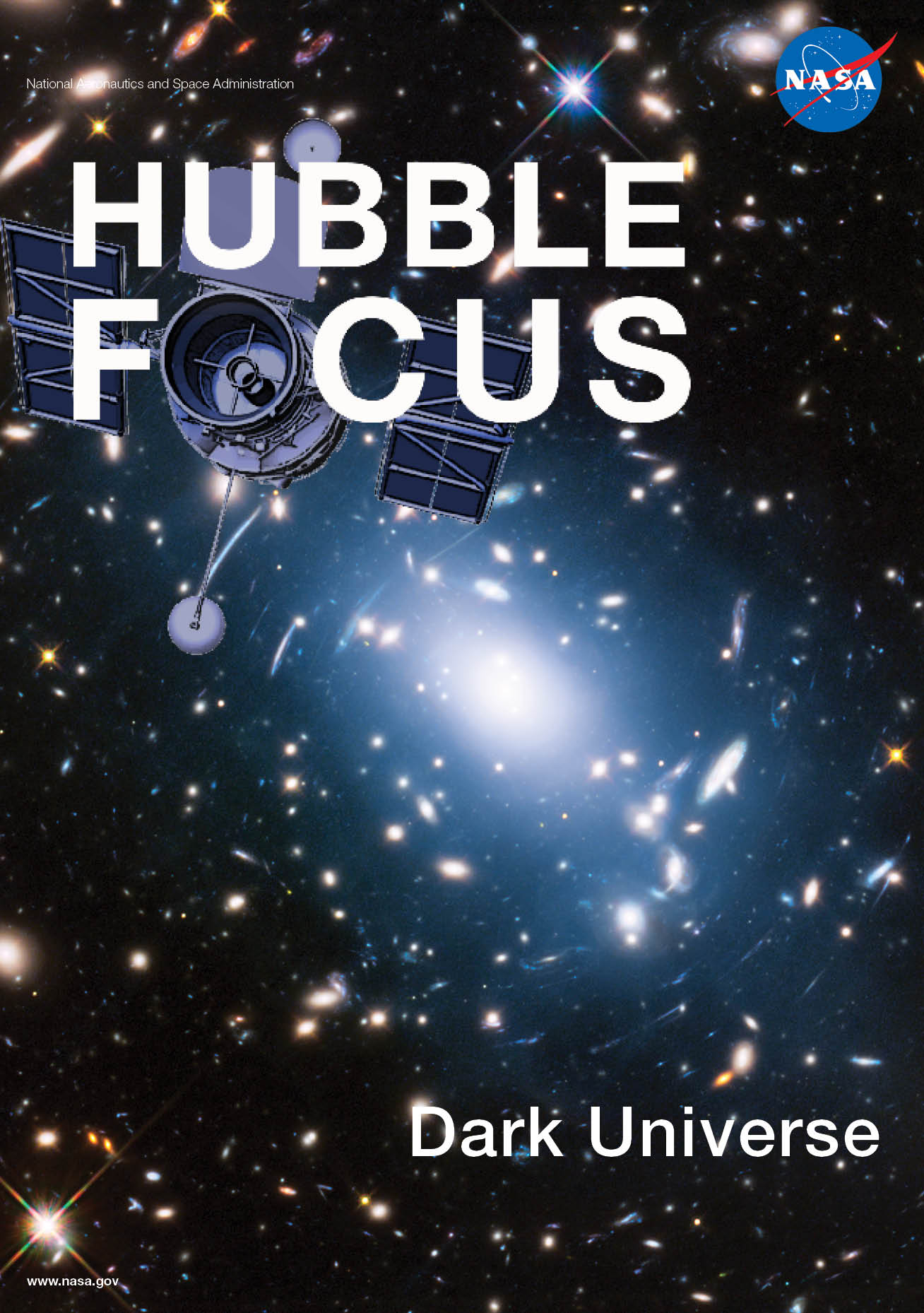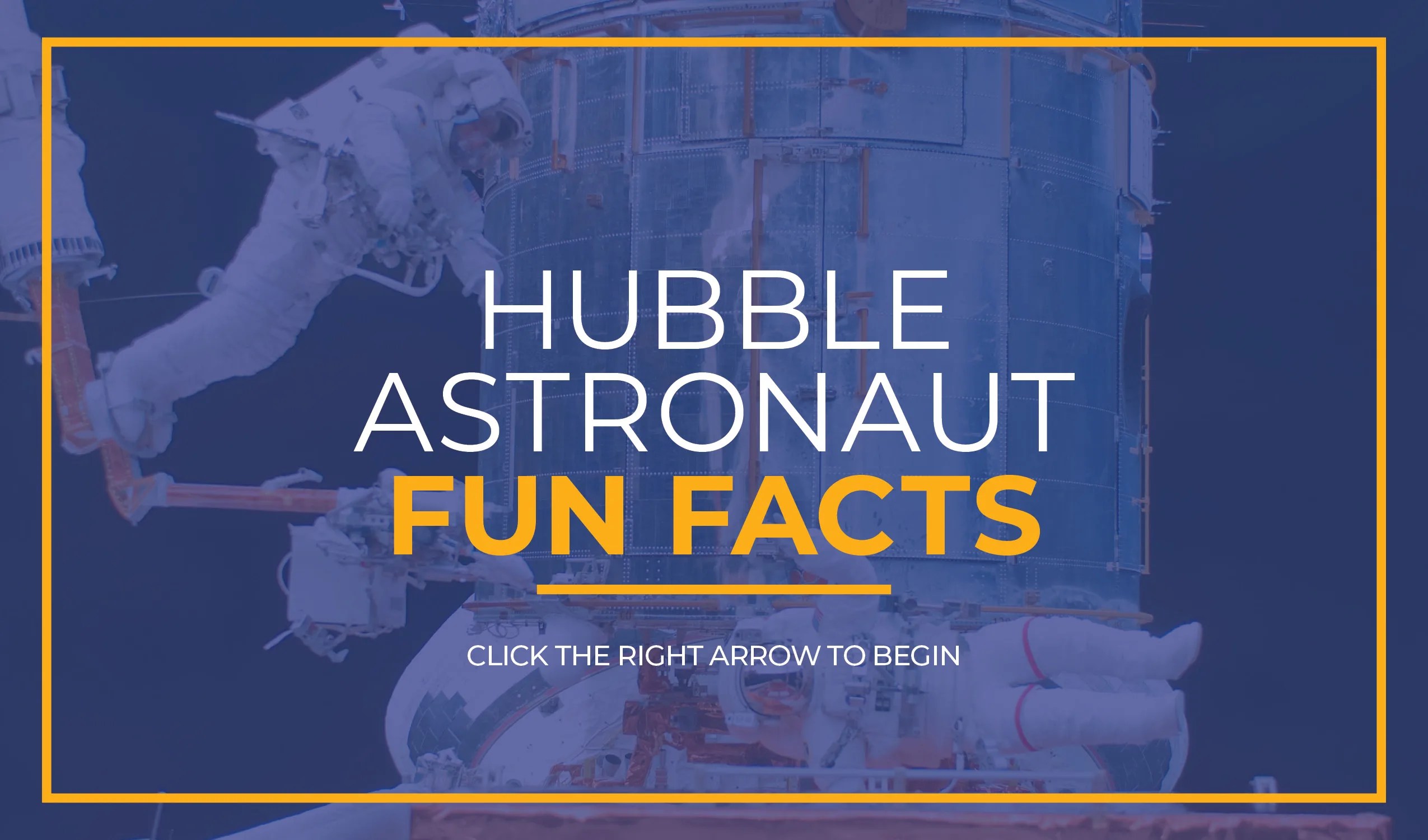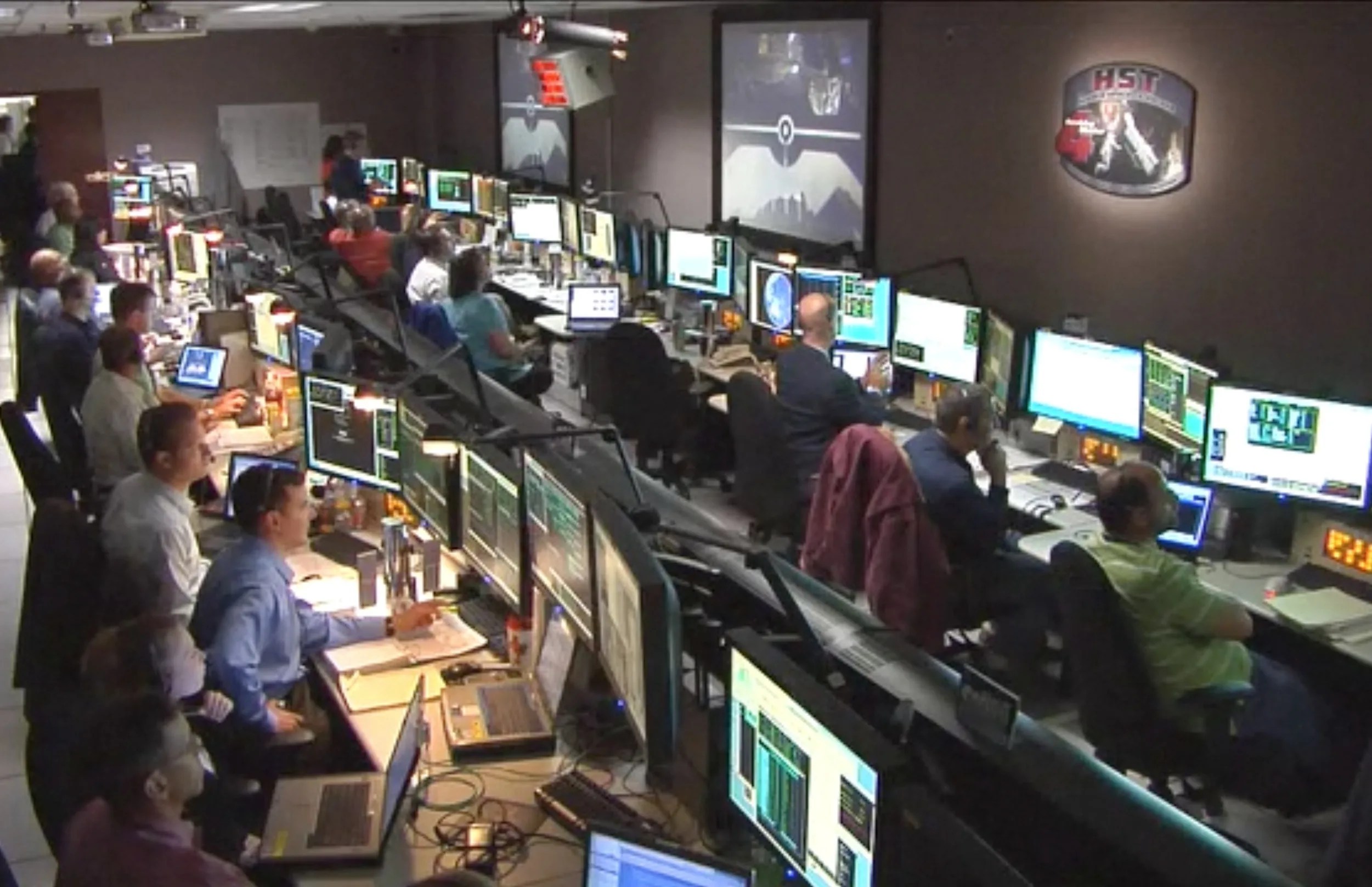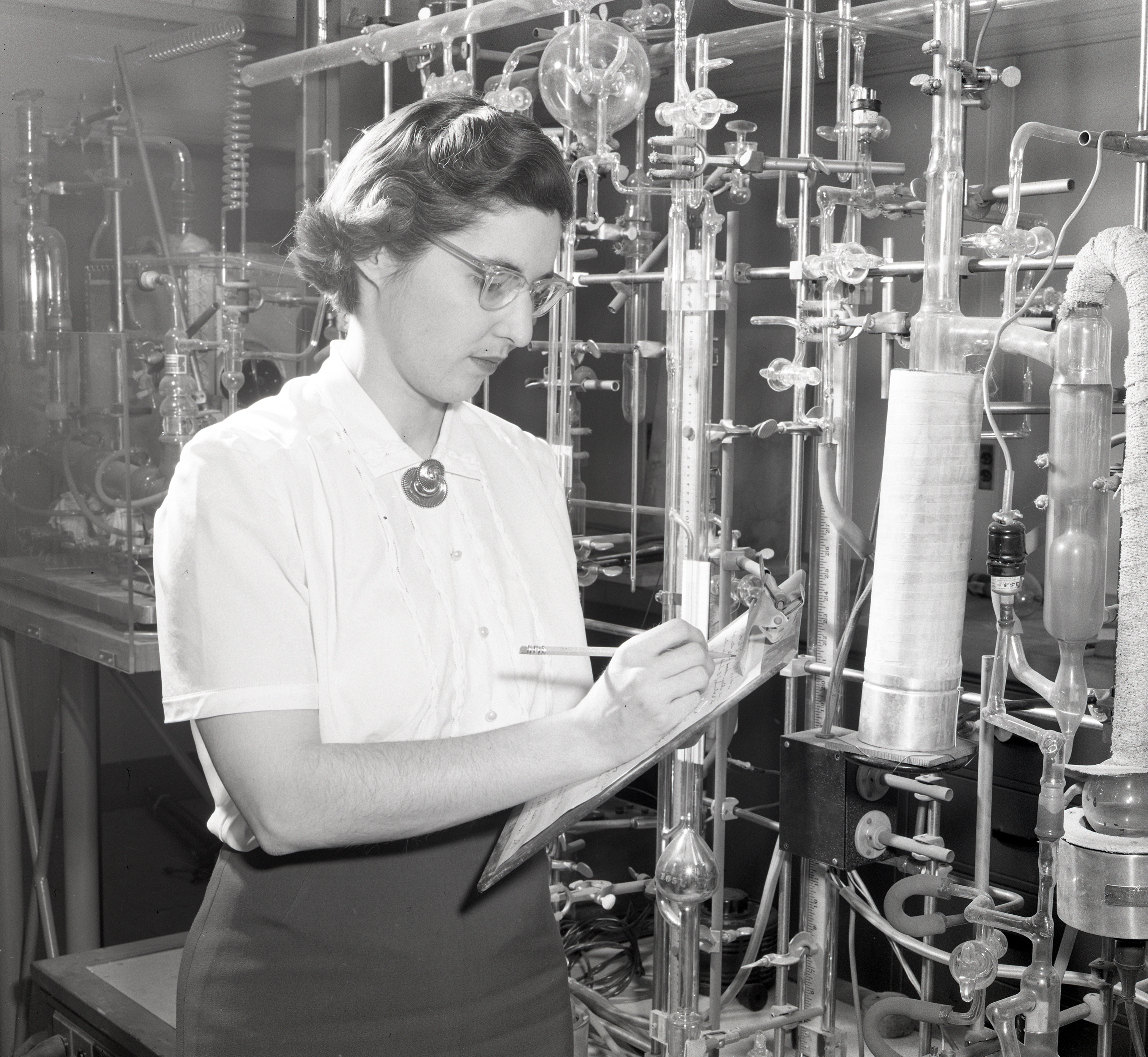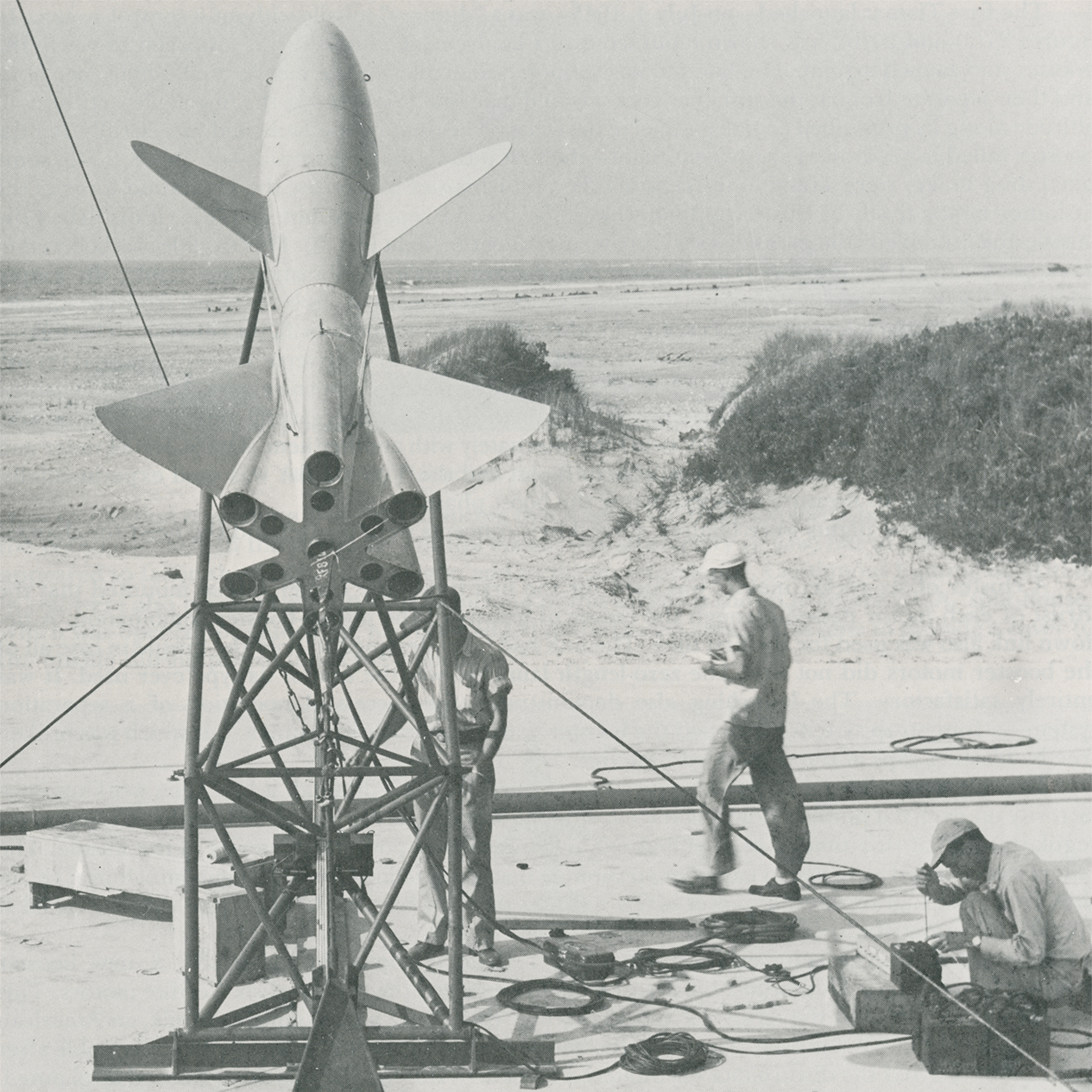1999
Servicing Mission 3A
December 19-27, 1999
What was originally conceived as a mission of preventive maintenance turned more urgent on Nov. 13, 1999, when the fourth of Hubble's six gyros failed. Hubble required at least three of its stabilizing gyros to conduct science at that time. Hubble entered a state of dormancy called safe mode while the telescope awaited repairs. To bring Hubble back into operation more quickly, NASA split the third servicing mission into two parts.
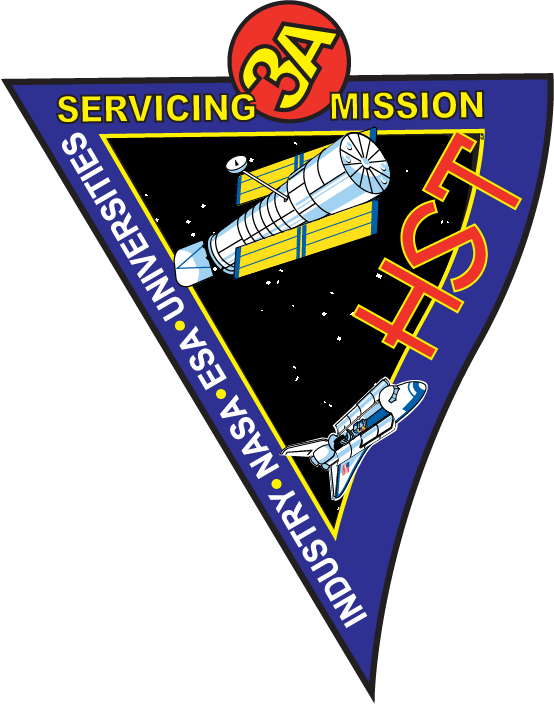
December 19, 1999 – Launch of Servicing Mission 3A
At 7:50 p.m. ET, the Space Shuttle Discovery launched from Kennedy Space Center in Florida with seven astronauts aboard.
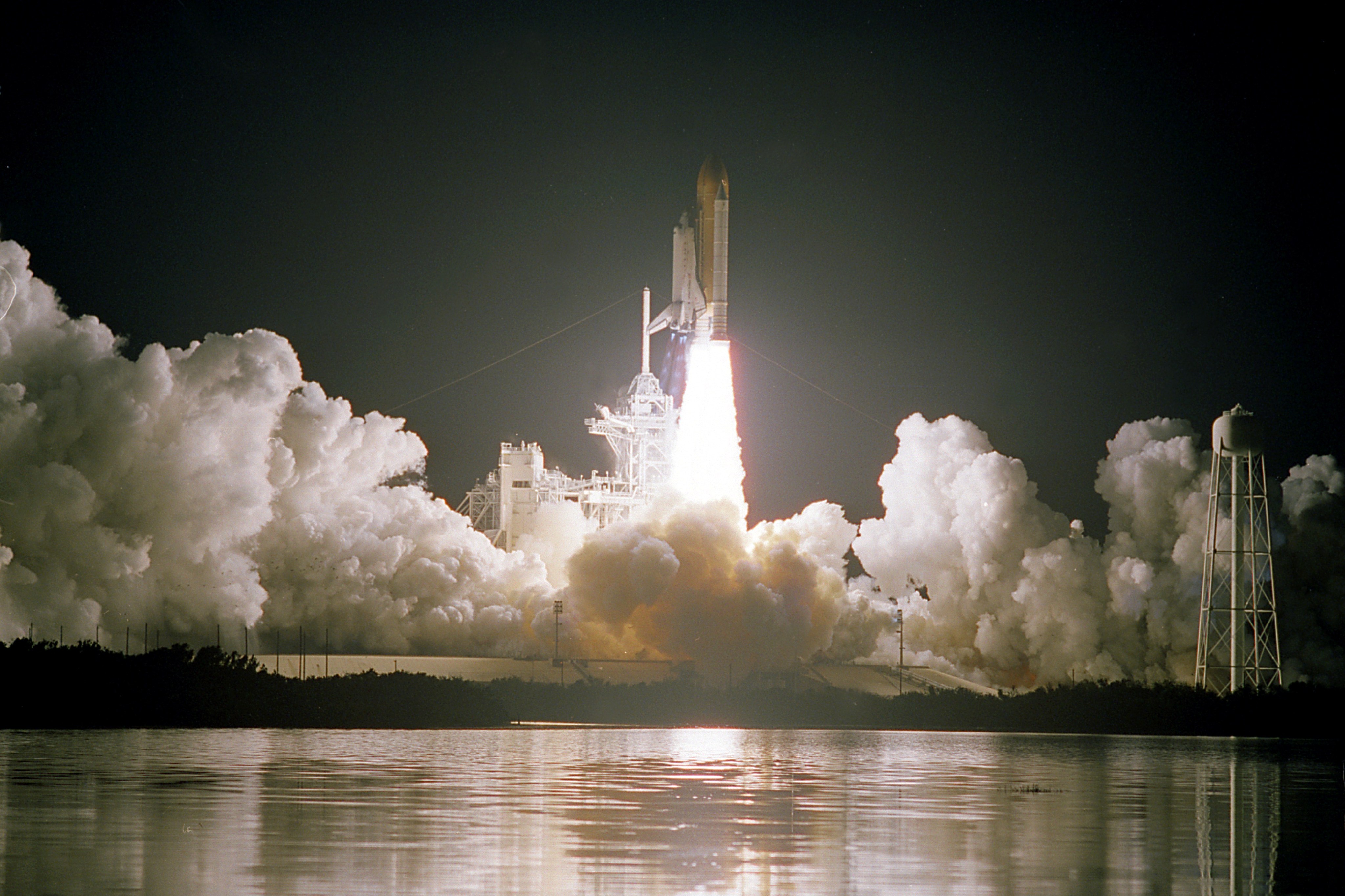
December 21, 1999 – Hubble Captured and Secured in the Cargo Bay
The crew used Discovery's robotic arm to gently dock Hubble in the shuttle’s cargo bay.
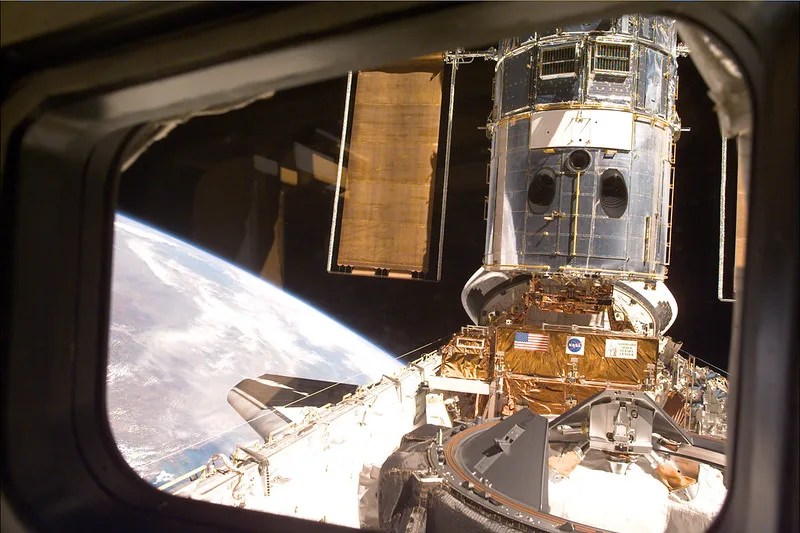
December 22, 1999 – First Spacewalk
Astronauts Steven Smith and John Grunsfeld conducted the mission's first spacewalk. They made several repairs, including the replacement of Hubble's three Rate Sensor Units – each containing two gyroscopes, which are used to point the telescope.
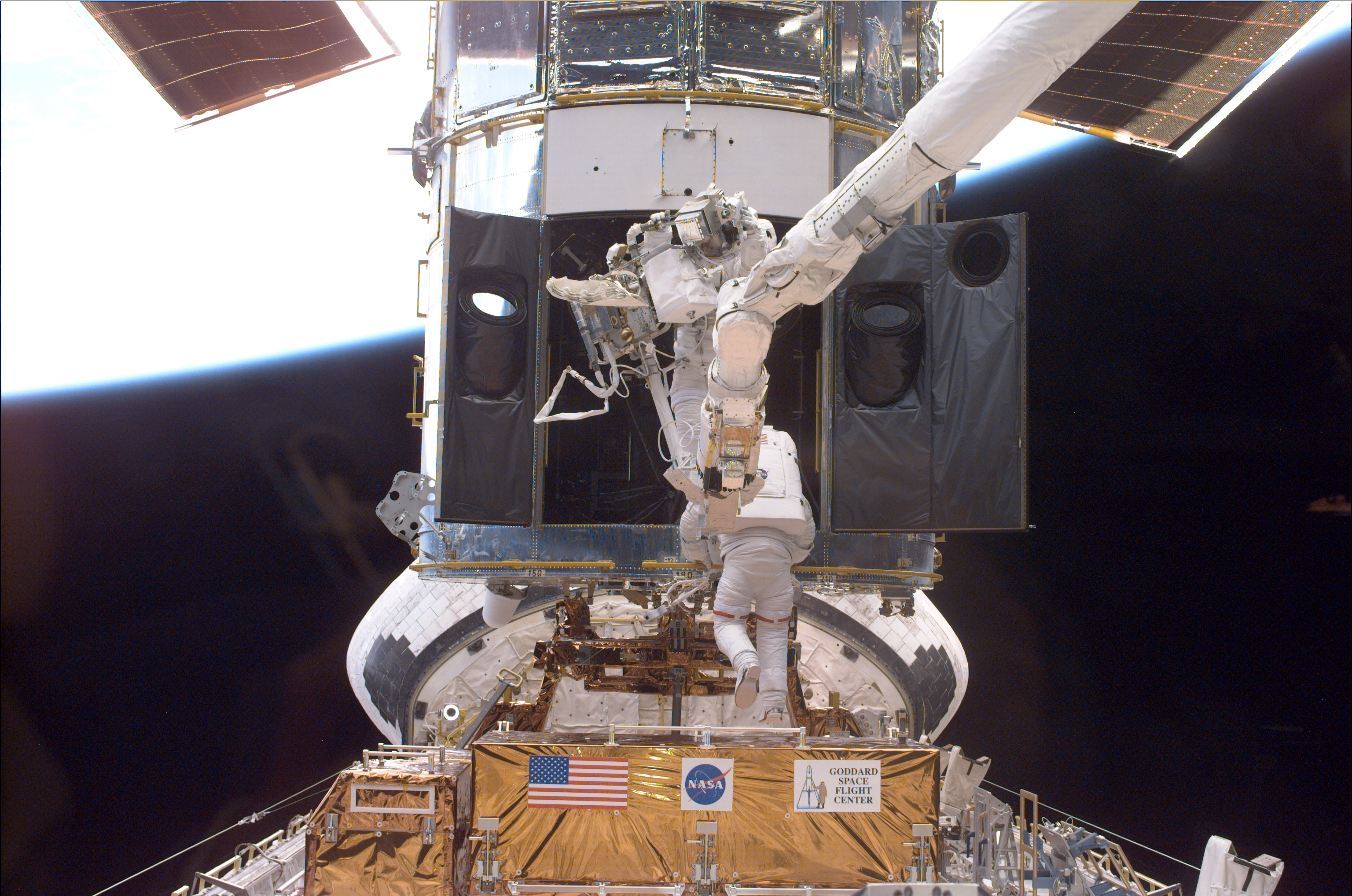
December 23, 1999 – Second Spacewalk
Astronauts Michael Foale and Claude Nicollier embarked on the second spacewalk. They installed a new advanced computer, 20 times faster than Hubble's old one, plus a new, 550-pound fine guidance sensor.
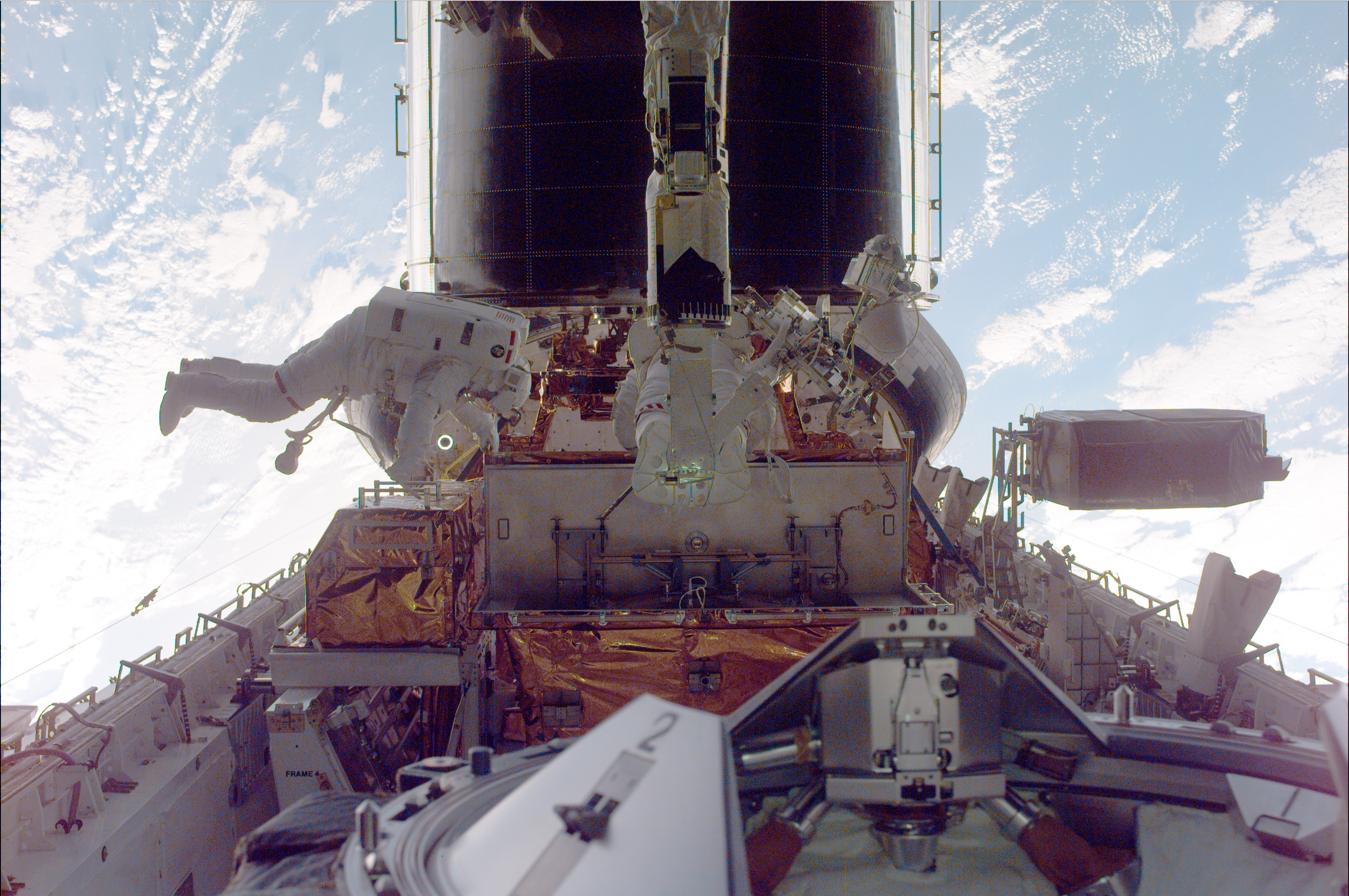
December 24-25, 1999 – Final Spacewalk
Astronauts Steven Smith and John Grunsfeld teamed up for the mission's third and final spacewalk. They installed a transmitter that sends scientific data from Hubble to the ground, replacing one that failed in 1998. Plus, they replaced an older mechanical reel-to-reel recorder with a solid state digital recorder.
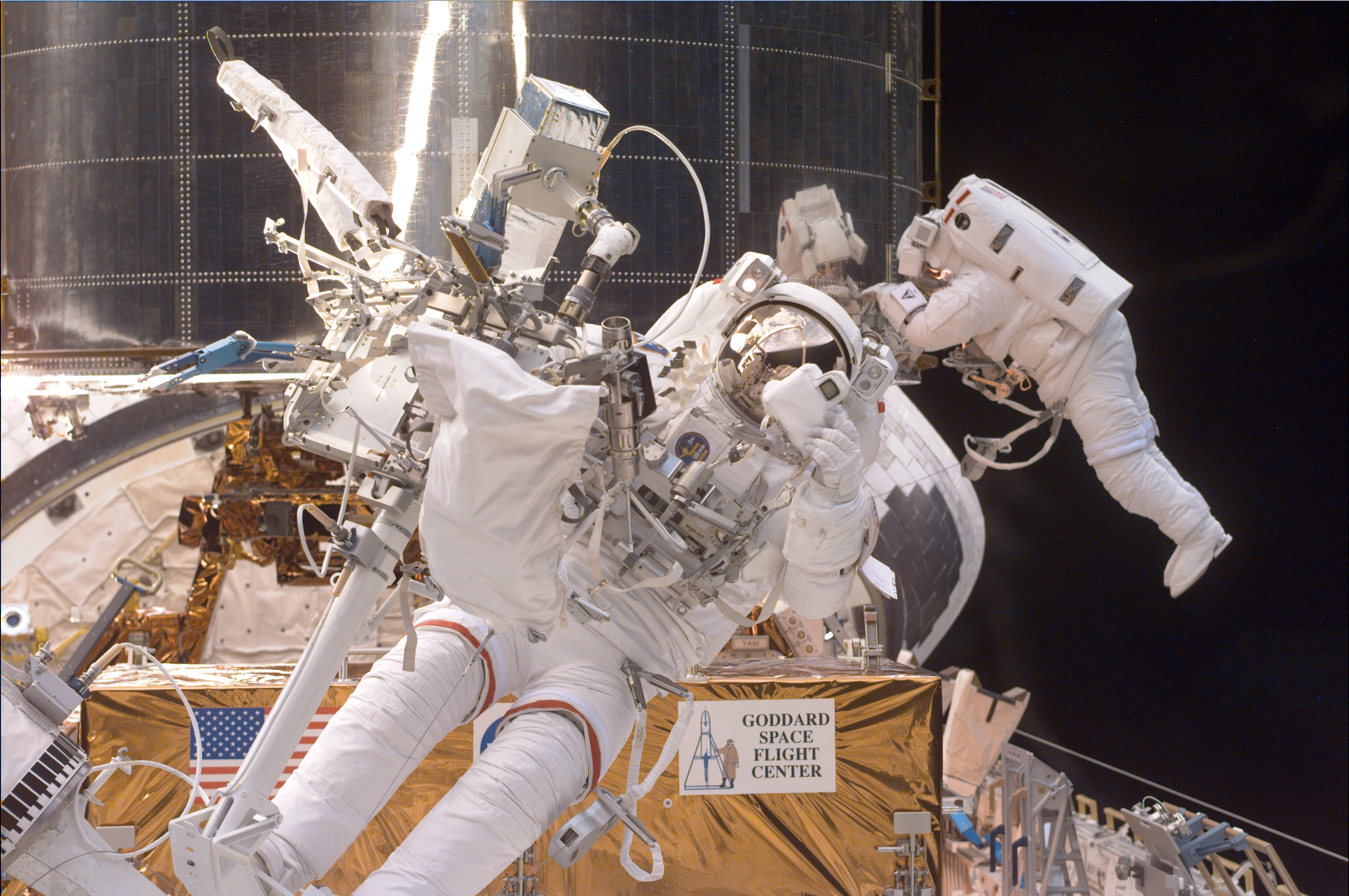
December 27, 1999 – Servicing Mission 3A Comes to a Close
The Hubble Space Telescope's third servicing mission comes to an end. Hubble returned to its orbit after being "rescued," and the Space Shuttle Discovery safely landed back at Kennedy Space Center.
